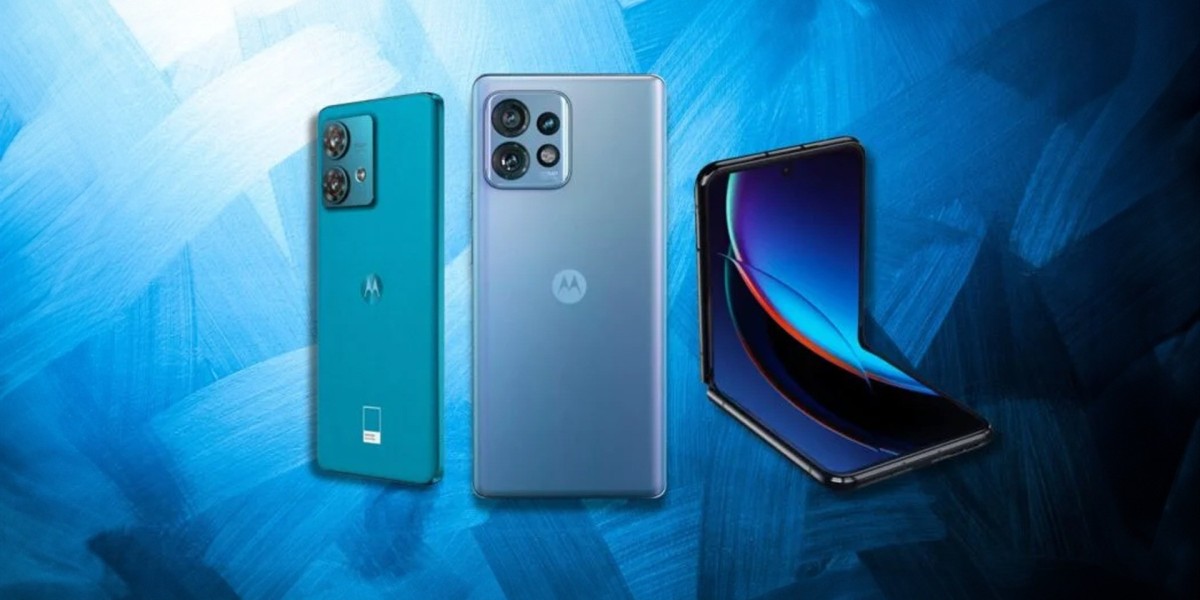Since their invention, mobile phones have dramatically evolved from large, nonfunctional gadgets to svelte, potent smartphones like the Samsung Note 20 Ultra 5G, essential to contemporary living. This article explores mobile phone development, history, and prospects, emphasizing significant turning points and inventions that have influenced the market.
The Nineties: The Inception of the Mobile Age
A significant shift in the development of mobile phone technology occurred in the 1990s. With the advent of digital networks, communication has become more transparent and efficient. Companies like Motorola and Nokia rose to prominence in this decade and became household brands. The first GSM phone to be mass-produced was the Nokia 1011, introduced in 1992, which increased accessibility to mobile communication.
The Feature Phone’s Ascent:
The late 1990s and early 2000s were the years of feature phones. In addition to voice calls, these devices could be used for texting, having rudimentary internet access, and playing simple games. Nokia’s 3310, released in 2000, became iconic due to its durability and long battery life. The affordability and usefulness of feature phones contributed to their widespread popularity.
The Birth of the Smartphone:
The mobile phone business transformed with the launch of the smartphone. The word “smartphone” was first used by Ericsson in 1997, but the arrival of the Apple iPhone in 2007 truly revolutionized the market. The iPhone’s powerful operating system, elegant design, and touchscreen interface raised the bar for mobile devices.
The Age of Android:
Following the success of the iPhone, Google introduced the Android operating system in 2008. Because Android is open-source, many manufacturers have chosen to use the platform, creating a varied ecosystem of devices. Businesses like Samsung, HTC, and LG swiftly rose to prominence in the smartphone industry.
Technology of Displays:
OLED (Organic Light Emitting Diode) and AMOLED (Active Matrix OLED) smartphone screens offer rich blacks and vivid colors, demonstrating the significant evolution of smartphone displays. High refresh rates, up to 120 Hz and beyond, have improved the user experience by making interactions more responsive and seamless.
Innovations in Cameras:
Cameras have become a focal point of smartphone innovation. Multi-lens setups, optical zoom, night mode, and AI-enhanced photography have transformed smartphones into powerful photography tools. Gadgets such as the iPhone series and the Google Pixel continuously expand the possibilities for mobile photography. The Samsung Note 20 Ultra 5G is another prime example, featuring a versatile triple-camera system with advanced zoom capabilities and exceptional low-light performance.
Processing Power:
These days, cell phones have strong processors that can compete with some computers. Chips like Apple’s A-series and Qualcomm’s Snapdragon offer high performance, enabling complex tasks such as gaming, video editing, and augmented reality applications. For example, the Samsung Note 20 Ultra 5G is an excellent option for heavy users because its powerful processor guarantees seamless multitasking and fast performance.
Connectivity:
With faster upload and download speeds, less latency, and more dependability, the introduction of 5G networks is expected to transform mobile connections completely. Innovations in several industries, such as the Internet of Things (IoT), driverless cars, and remote healthcare, are anticipated to be fueled by this technology. The Samsung Note 20 Ultra 5G leads this change, which offers consumers lightning-fast 5G connectivity to improve gaming, streaming, and general internet use.
Battery Function and Recharge:
Battery technology has also advanced, with bigger capacity and faster charging speeds. Innovations such as wireless charging and reverse wireless charging bring significant convenience. Companies like Samsung and Xiaomi pioneer super-fast charging technologies, which can fully charge a device in less than an hour.
Conclusion:
The evolution of mobile phones is a testament to human ingenuity and technological progress. From the bulky Motorola DynaTAC to today’s sleek and powerful smartphones, each generation of mobile devices has brought significant advancements, making them indispensable tools in our daily lives. The future of mobile phones looks even more exciting as technology develops, with breakthroughs that will improve connectivity, productivity, and entertainment even more.
In conclusion, the mobile phone industry has come a long way, and its future looks brighter. Whether through advancements in hardware, software, or connectivity, mobile phones will continue to shape how we live, work, and interact with the world around us. Devices like the Samsung Note 20 Ultra 5G reflect the peak of current technology, offering outstanding performance, connectivity, and features that cater to the demands of modern consumers.



